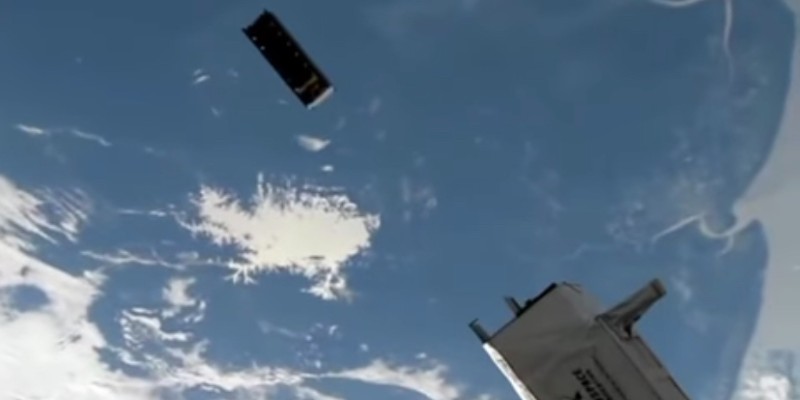CAPStat, a nanosatellite that will be testing built-in maintenance of quantum communication detectors in space, launched from the International Space Station into orbit around the Earth. It has “single-photon detectors, which can be used as receivers for unhackable quantum communications.”
Illinois Physics Professor Paul Kwiat is the primary investigator, and designed the experiment in collaboration with Waterloo Professor of Physics and Astronomy Thomas Jennewein. Illinois Aerospace Engineering Professor Michael Lembeck, with a team of students, did integration and testing. Lembeck will also be the one communicating with the satellite from the Laboratory for Advanced Space Systems at Illinois ground station.
The experiment is meant to determine if improvements can be made “improving the performance and longevity of the in-orbit photodetectors used to detect the single-photon signals” therefore opening the door to quantum communication and a global quantum internet. From the Grainger College of Engineering website:
Transmitting quantum signals through free space is far more efficient than sending them through optical fibers, which have intolerable losses beyond a few hundred kilometers, but there is a massive tradeoff. In orbit, the ultrasensitive photodetectors are exposed to high levels of radiation in the form of protons, inflicting critical damage that increases the detector’s background noise and limits the detector’s useful lifespan.
To combat this, the detection system in CAPSat has built-in self-healing capabilities against the effects of radiation.
The satellite is the size of a loaf of bread, and took six years to develop. Undergraduate students did much of the legwork for the project.
You can read more here.
Top screenshot from NASA/International Space Station.








